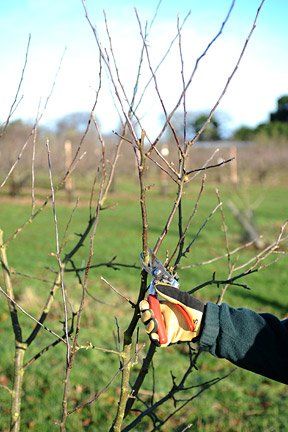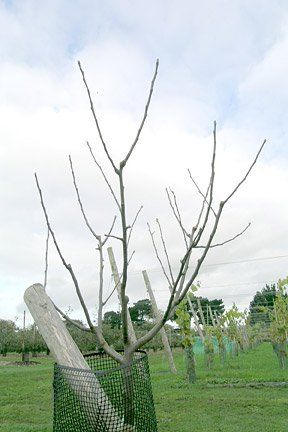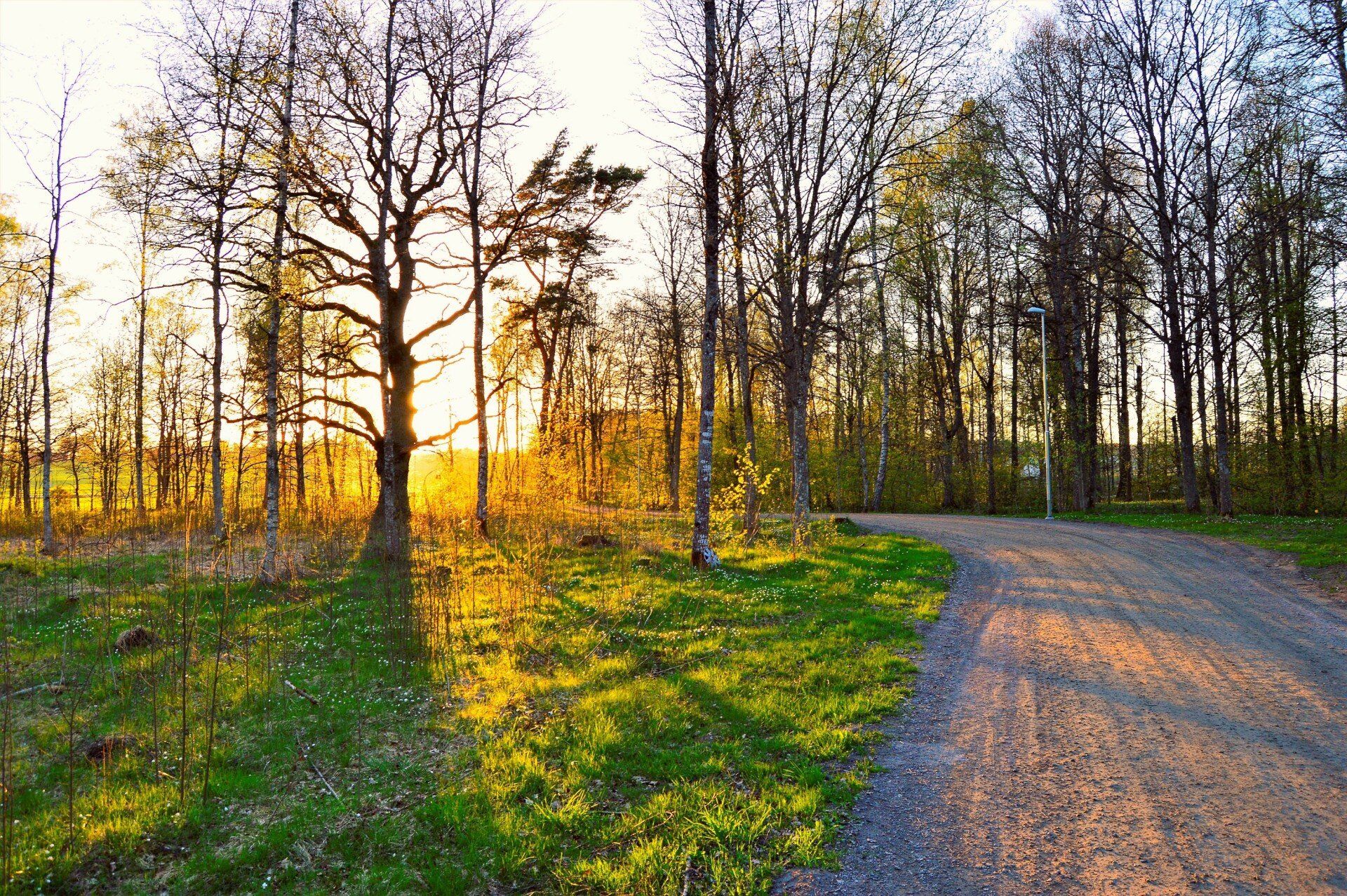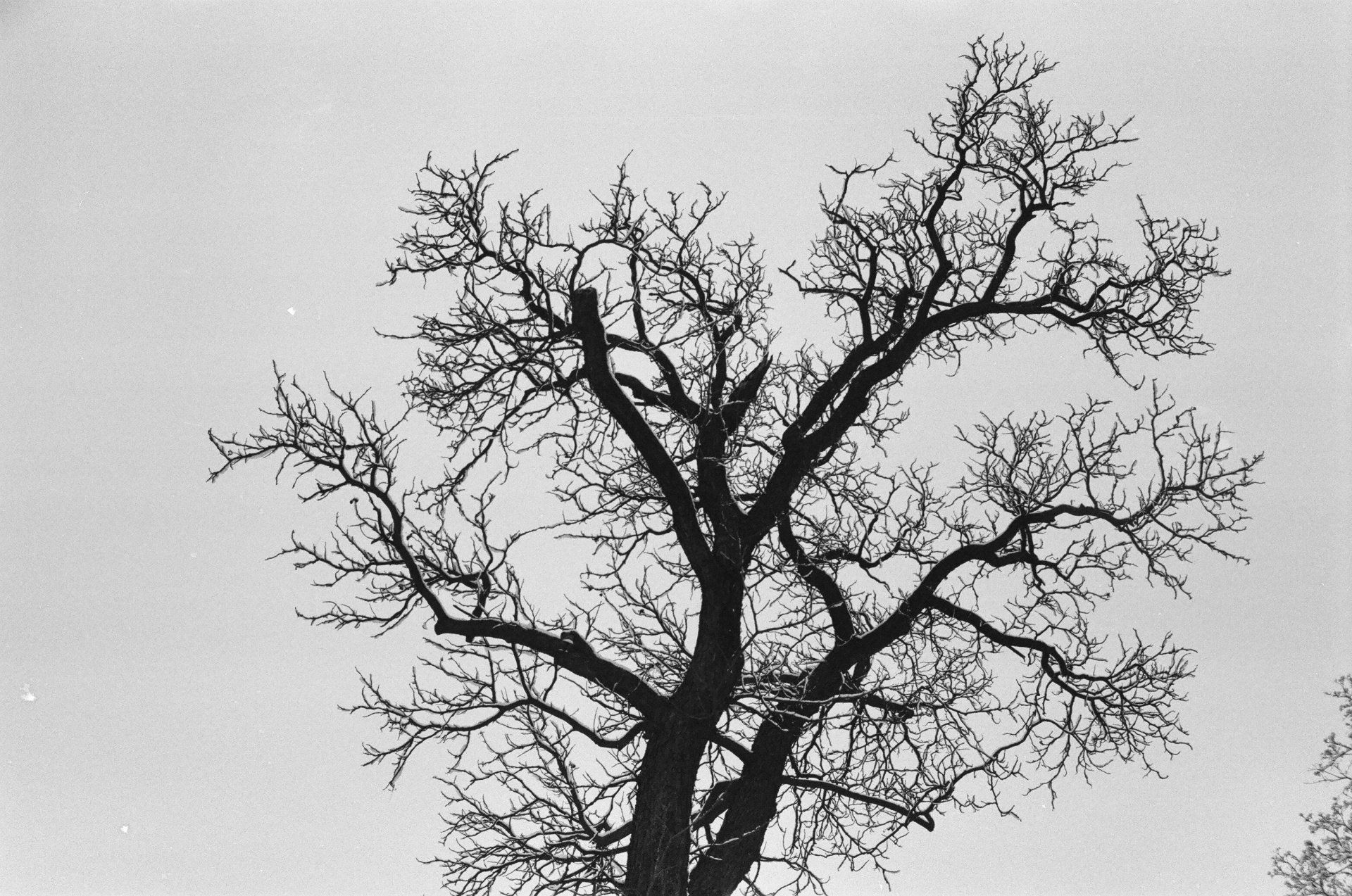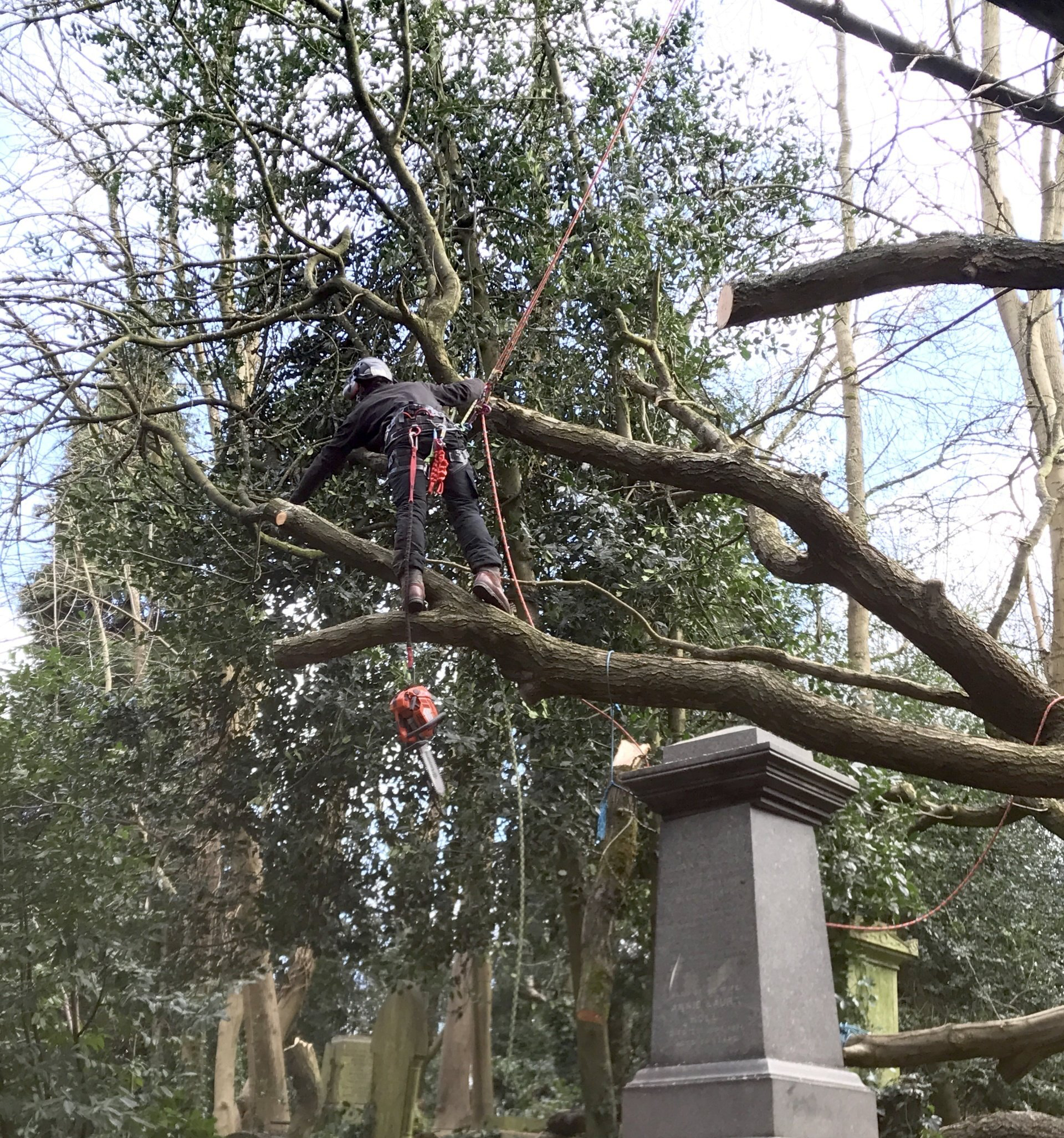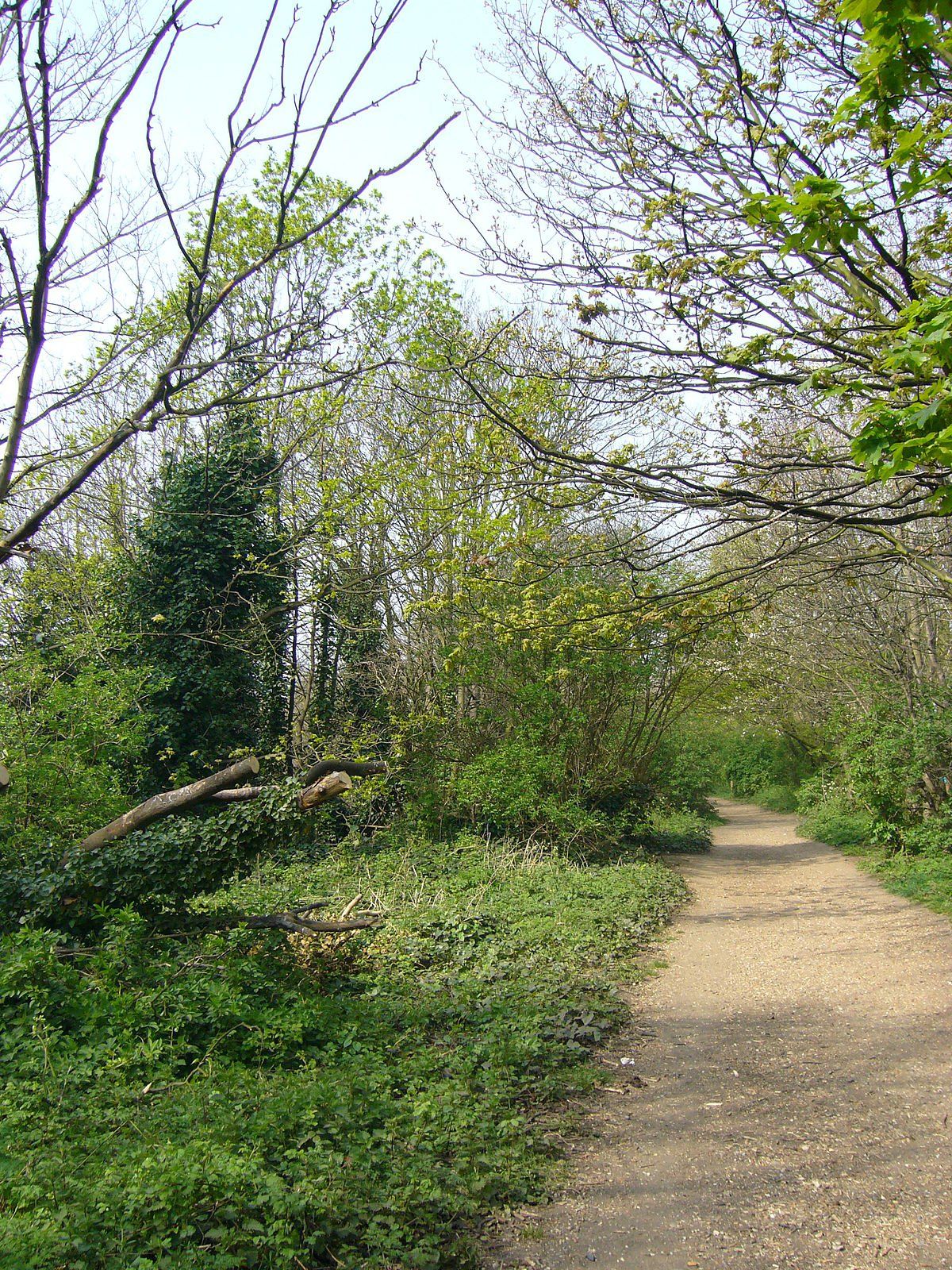Apples and pears: winter pruning
Apple and pear trees trained as free-standing bushes are best pruned every winter to ensure a good cycle of fruiting wood. Trees that are not pruned become less productive and congested with old branches. The aim is to create an open goblet shape with a framework of four to five main branches.
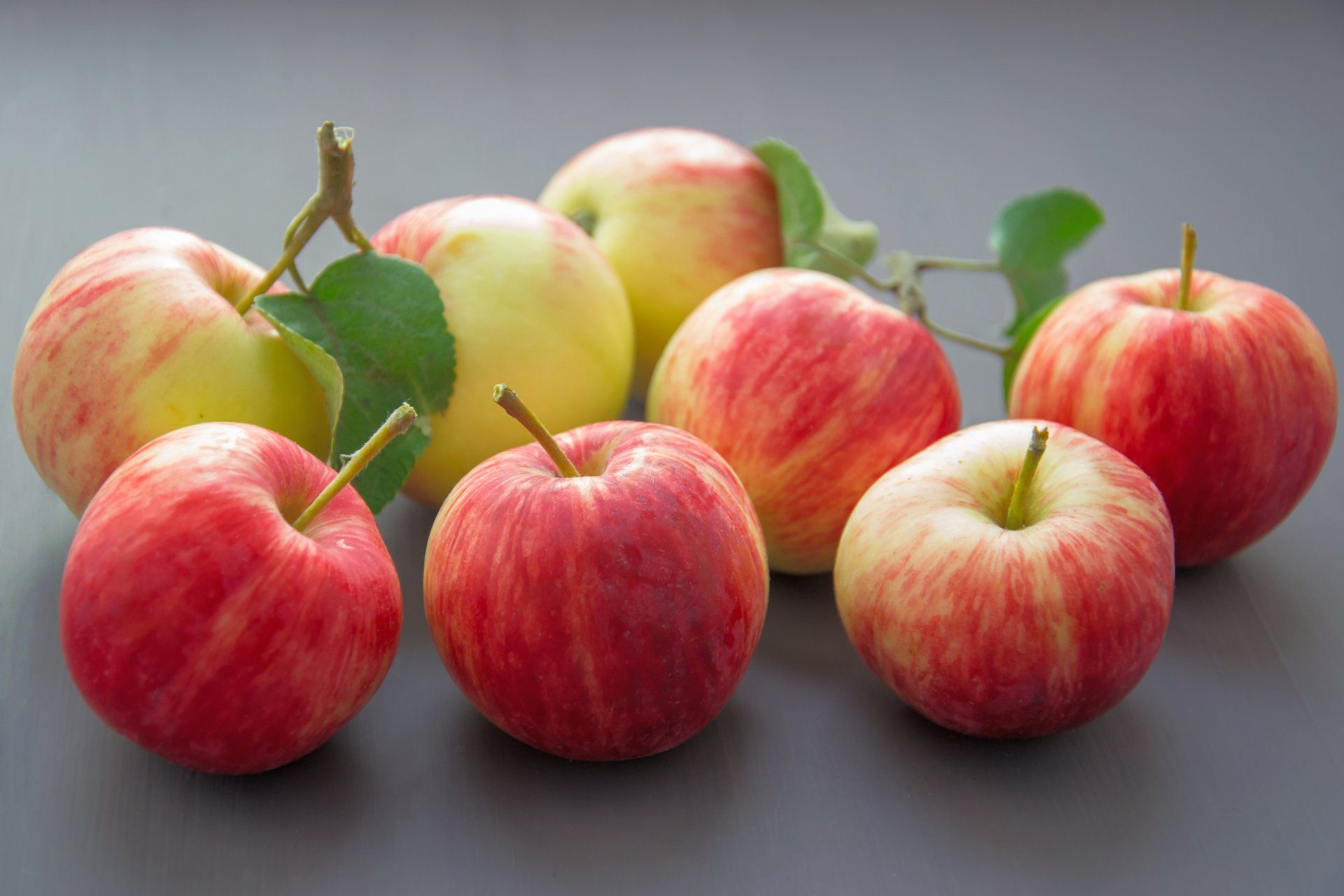
Suitable for:
Winter pruning is used for apples and pears grown as free-standing bush or standard trees after the initial framework of branches is formed. If you are new to fruit pruning or are not feeling very confident, try our pruning made easy page instead.
For pruning one- and two-year-old trees see our page on pruning young apples and pears.
Restricted forms such as espaliers, cordons, fans and pyramids are managed with summer pruning, although some pruning is done in winter in their formative training.
When to winter prune apples and pears
Pruning should be carried out when the tree is dormant, between leaf fall and bud burst (usually between November and early March).
How to winter prune apples and pears
Traditionally spur- and tip- bearing trees were pruned in different ways. However, current pruning techniques are very similar for both as it does not involve the rigorous routine shortening of all young growth.
To start with
- Always use sharp secateurs, loppers and a pruning saw; blunt tools leads to strains and tatty pruning cuts
- Start by removing crossing, rubbing, weak, dead, diseased, damaged and dying branches
Then
- Shorten the previous year’s growth on each main branch (primary) by about one third to a bud facing in the required direction. This will encourage the development of new branches and spurs and maintain a good shape
- Leave young laterals (side-shoots) unpruned so they can develop fruit buds in the second year
- Only remove the young laterals if they are crossing or if the growth is too crowded, i.e. growing closer than 10-15cm (4-6in) at the base
- Remove strong shoots (great than 15cm (6in) long) growing towards the centre of the tree
- On older trees, remove or thin out any spur systems that have become congested. Where thinning or removal is required, remove spurs on the underside of the branches, where the developing fruit will not receive enough light, and produces inferior fruit
- If your apple tree is a tip- or partial tip-bearer (e.g. 'Blenheim Orange', 'Bramley's Seedling', 'Discovery', 'Lord Lambourne', 'Worcester Pearmain'), cut back a proportion of older fruited branches to a strong younger shoot positioned closer to the to the main trunk or higher up the branch. This will reduce congestion and prevent branches becoming too long
If not regularly pruned for a while
- Open the centre of the tree by removing larger branches at point of origin with a sharp pruning saw. If several large branches need to be removed, spread the work over two or three winters as very hard pruning encourages even more vigorous regrowth
- Reduce the height and spread of any branches that have grown too large by cutting them back to a vigorous outward and upward facing lower side branch (making sure this lower branch is at least one-third of the diameter of the branch being removed)
Overly vigorous and over sized trees
Trees that are too vigorous
If the tree is too vigorous, sending out an excessive amount of growth each year, consider also carrying out some pruning in summer. Summer pruning depletes the tree's resources and will help reduce vigour.
Note: this is done it addition to winter pruning and so is a little different from the summer pruning that is carried out on restricted fruit trees such as cordons and espaliers.
- Prune laterals (side shoots) longer than 30cm (1ft) to 15cm (6in) all over the tree to encourage fruit bud formation
- Spread the pruning between mid-August to mid-September. Prune ripest wood first (branches that stopped growing and have formed a terminal bud)
- Do not tip prune all laterals, just the more vigorous ones
Trees that have become too large
Even with regular winter pruning, apple and pear trees are likely to become gradually larger making picking more difficult and potentially outgrowing the available space. Ultimately trees may require renovation.
To avoid the need to renovate, when the tree has reached an optimum size for the rootstock that it is grafted on, regulated pruning can be used instead of the process described here. Regulated pruning controls the size without affecting the fruiting potential of the tree.
Problems
When pruning your apple trees in the winter you may notice signs of apple canker on the stems. Lichens and other growths are also noticeable in winter; these are not damaging to the tree but can indicate low vigour.
Trees can suffer cold damage in winter and spring, which may affect fruit production.
Be aware of biennial bearing where a year of bumper cropping is followed by a year of poor cropping.
This article taken from the RHS website: https://www.rhs.org.uk/fruit/apples/winter-pruning


